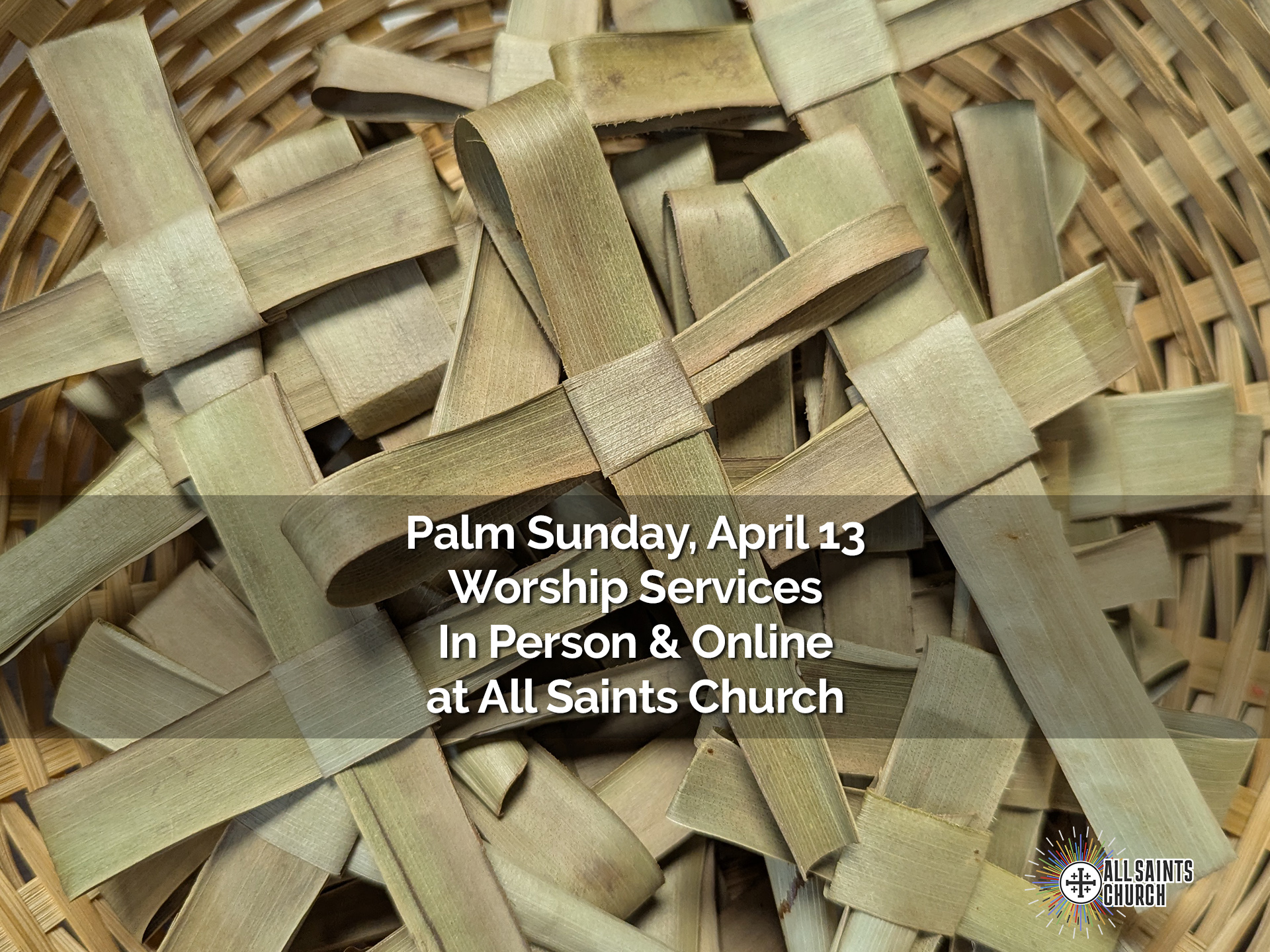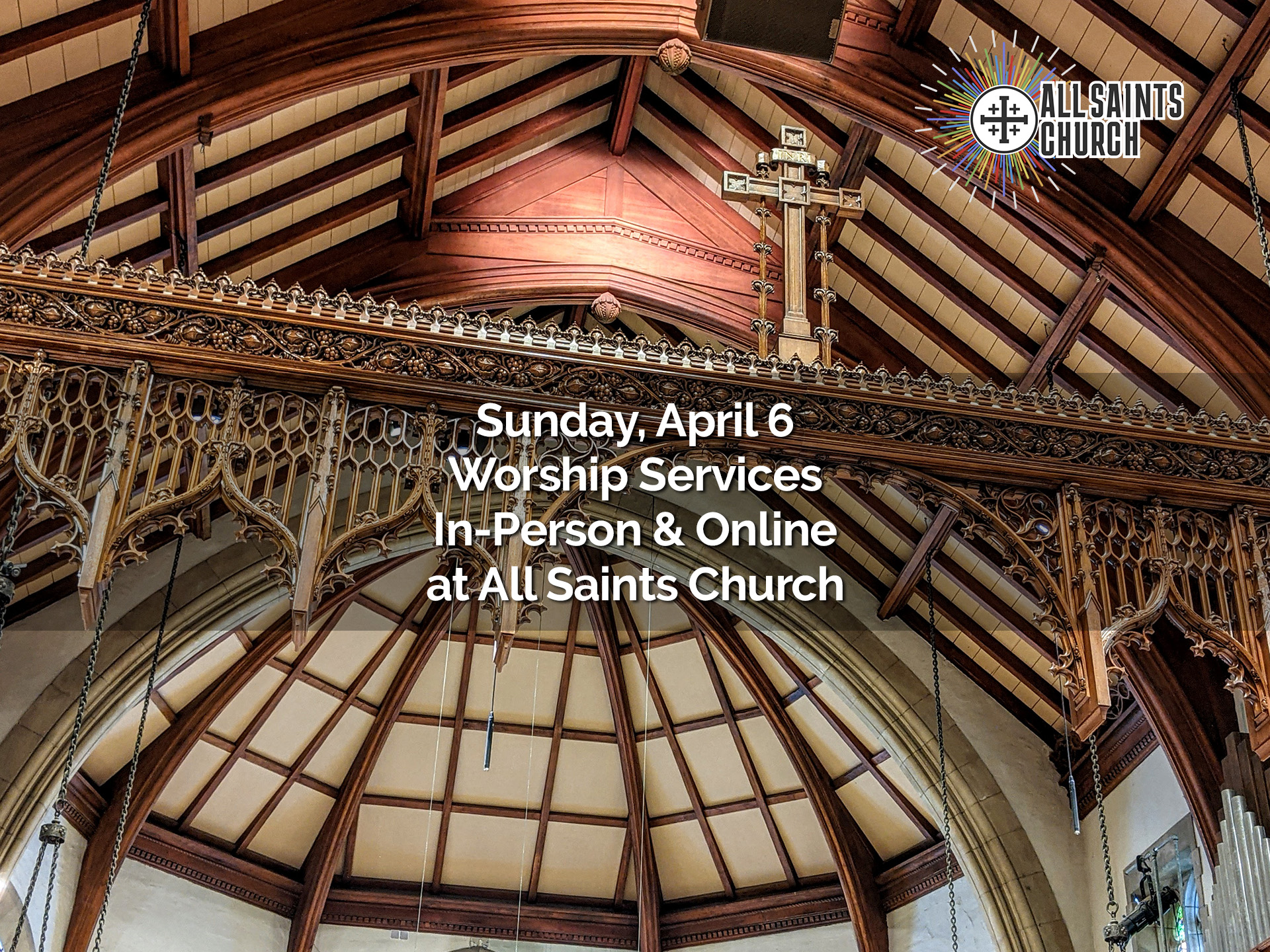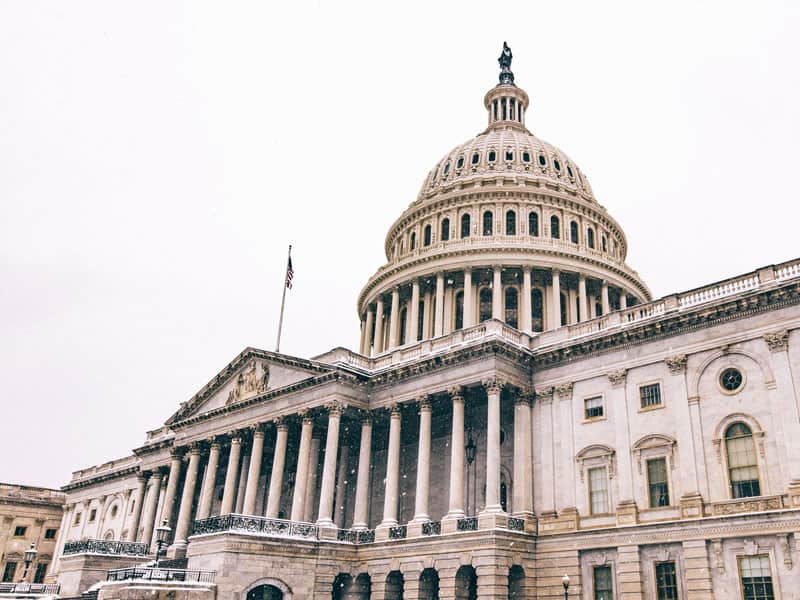“Forgiveness is when we lay down our armor and our sword, meet pain with compassion and say: ‘May I have a hug?’”
Sermon by Mike Kinman at All Saints Church, Pasadena, on Sunday, December 9, 2018.
Where does it hurt?
Can I kiss it and make it better?
May I have a hug?
Sometimes it’s the simplest of questions
…questions we have been asked since we were old enough to point and nod …
…questions that deep inside we have never really outgrown.
Sometimes it’s the simplest of questions that cut right to our heart.
Where does it hurt?
Can I kiss it and make it better?
May I have a hug?
We hurt each other. Sometimes it is intentional. Sometimes it is accidental. Often it is out of our own woundedness and pain.
We wound and we are wounded by each other. It is an immutable fact of life.
And when we are hurt, the natural thing, the human thing, is to turn into ourselves, to focus on the wound, on the pain. To lash out from the pain or to wrap the pain around us like the most uncomfortable cozy blanket that we cannot bear to cast away.
Our pain can become our most precious possession. We can hold it. We can touch it. We can caress it. We can guard it with our lives.
Our pain can become our stalker. We can run from it. Hide from it. We can pretend it isn’t there while our fear of it silently controls every thought, every action.
We hurt each other. It is an immutable fact of life. We cannot protect ourselves from pain and still hope to live. The question is what do we do when it happens. What do we do with the wound? What do we do with the pain?
We might be tempted to guard the pain … even treasure the pain.
We might be tempted to push the pain down, flee from the pain, dull the pain.
Or we can acknowledge the pain.
Feel the pain.
Learn from the pain.
And then we can let it go.
We can move from pain to healing.
From victim to survivor.
And we can release one another and ourselves.
Inclusive churches are no strangers to woundedness. We are wonderful at welcoming the wounded. We invite everyone in from the deepest oppression, from the furthest flung margin.
And we can forget that those places are places of deep trauma. We can forget that if a church like All Saints to us is an oasis, a place where finally after so long maybe we can be accepted and loved then it also means we come here bearing the wounds of all those places that have not accepted and loved us and in fact have abused and wounded us.
Our sisters from Thistle Farms, women who have survived some of the deepest of trauma — violence, addiction, sexual exploitation, rape and trafficking – know that it is not just about being welcomed. Here’s what they say of their journey:
“We come on circuitous paths from prisons, from the streets, from churches because we are tired and want to live in hope. We come in every color. We come lonely and afraid and do not want to die. We come because our bodies and spirits are sick and our teeth are falling out and we know we need help.”
The key is the last sentence
We come because we know we need help.
We come trusting, as Ann Lamott says, that “God loves us just as we are and loves us too much to allow us to stay that way.”
We love that oft-quoted line “the church is a hospital for sinners not a museum for saints,” and yet too often we forget that we are indeed a hospital and not a hospice. A hospice is where we do our best to provide each other with comfort from pain and woundedness that we have resigned to being beyond healing, to pain and woundedness that we know will be our death, and we want that death to be as holy as possible.
A hospital is a place where we go to get better, not to stay as we are. A hospital is where we go to choose life, to fight for life. A hospital is where we go to receive the gift of healing. To feel the pain. To hold the pain. Yes, to manage the pain, and also to dig down to the cause of the pain. To learn from the pain. And ultimately to triumph over the pain. To be sent as survivors back into a world in deep need of healing itself.
We wound and we are wounded by each other. It is an immutable fact of life. The question is what do we do when it happens? That has always been the question.
Our Gospel reading begins:
“In the fifteenth year of Tiberius Caesar,
Pontius Pilate was governor of Judea,
Herod tetrach of Galilee,
Philip tetrarch of Ituraea and Trachonitis
Lysanias tetrarch of Abilene,
during the high priesthood of Annas and Caiaphas…”
Luke accounts for every level of oppression, wounding and pain the people were feeling. Global, national, local. From the Romans to the Jewish puppet governors to their own religious authorities that collaborated with them. We wound and we are wounded by each other.
Same as it ever was.
Same as it ever was.
And each Advent, what happened in that time and in that place – reminds us that in this time and in this place – we are invited to get ready … to “prepare the way” … because God is coming. And God is coming to ask three questions. Three questions that remain the heart of the work of the church today:
Where does it hurt?
Can I kiss it and make it better?
May I have a hug?
Sometimes it’s the simplest of questions that cut right to our heart.
“Where does it hurt?”
We hurt and are hurt by each other. It is an immutable fact of life. And the church is not the place where we hide from the pain. Right here. This is where we seek out the pain.
We ask ourselves.
…each other.
…the world.
“Where does it hurt?”
We are an oasis – not a place of hiding and refuge but the safe place to feel. To share where it hurts.
To move from this (curled up) … to this (opened up).
To hold each other in the fear that comes from telling the story.
To be honest with ourselves and each other about the wounds we are carrying.
To stop guarding the wound so we can show the wound.
To ask not “what is wrong with you?” but “what happened to you?”
…and listen deeply to the stories that come.
And finally, to look deep into the world and ask that same question: “Where does it hurt?” and listen just as deeply and fearlessly as the most hurting places in the world give us their answer.
We ask ourselves.
… each other.
… the world.
Where does it hurt?
And when we hear the answer,
we listen,
we believe,
and then we say:
“Can I kiss it and make it better?”
The Buddha said, “Our sorrows and wounds are healed only when we touch them with compassion.” Once we have named the pain. Once we have shown where it hurts, we touch the wound with compassion – for that is the only way that healing will happen.
Touching a wound – even with a kiss – is risky business for everyone.
Kissing the wound and making it better is the long, slow work of companionship. Walking forward together and reminding ourselves and each other that as deep as the wound, as powerful as the pain, there is no wound, there is no pain, there is no rage that can define us unless we give it that power.
As we are the wounded, it means choosing to feel the pain and the anger that can come from the wound and not lash out in pain and anger because of the wound.
It means opening ourselves up to receive the kiss of compassion. It means daring to trust that the touch that is coming will indeed be a kiss and not another stab.
It means being willing to let go of the pain and the anger that so easily can become our security, our companion, our home.
Meeting the wound with love means together reclaiming the power to write your own story, not to be bound by the wound or the wounder.
It means always asking the questions
“What does grace look like?”
“What does love look like?”
“What does healing look like?”
Meeting the wound with love, letting love into the wound means letting the wound be loved into a scar – not gone and forgotten but turned into a badge of honor, a testimony of strength and survival. A witness to the power of love, that when the wound is kissed, it truly can get better.
And then we ask, “May I have a hug?”
“The word of God came to John begot of Zechariah in the desert. John went through the entire region of the Jordan, proclaiming a baptism of repentance for the forgiveness of sins.”
Wounds break relationship. They convince us that we are to be feared and not trusted, and so that relationship, that love, that trust must be rebuilt.
The life we are called to in Christ is a reconciling life. In John’s words, it is “a baptism of repentance for the forgiveness of sins.” As followers of Jesus, we have a process for restoring this relationship, love and trust. It is not an easy road … because the road of love never is.
This Gospel reading talks about sin. It’s important to define this word because it has itself been so effectively weaponized by the church and misused to wound so many of us.
The word Luke’s Gospel uses for sin is hamartia. It literally means “missing the mark.” Think about an archer aiming at a target and missing. Simply put, it means screwing up, wounding and damaging relationship. It can be with and without intention and it does not affect the unchangeable goodness of every human being. In fact, it is part of each of our humanity.
Sin is important not so we can find someone to blame or shame. In fact, that itself is sin. Sin is important because we need to recognize when the relationship we have with each other, with the creation, with ourselves, has been damaged and is need of repair. We need to take responsibility for the damage and the repair. And that repair happens in three steps. Two from the wounder and one from the wounded.
First, confession. We look deeply at where we have participated in the wounding and acknowledge it to God, ourselves and one another.
Second, repentance. The Greek word Luke uses here is metanoia – a complete turnaround inside. We repair the damage done to the relationship the best we can and make profound changes in our life to try our best not to wound the other again.
And finally, absolution. Forgiveness.
Forgiveness can never be demanded by the wounder. It can only be granted by the wounded and only on their own timetable of forgiveness. For the wounded, forgiveness is about release. It is refusing to let the wounder have the power to define your relationship, to define you.
Forgiveness is about not letting anyone steal our joy of loving.
Forgiveness is recognizing that healing not only happens when we let our wounds be kissed by compassion but when we reach out from them in compassion as well.
Forgiveness is when we lay down our armor and our sword, meet pain with compassion and say:
“May I have a hug?”
Sometimes it’s the simplest of questions that cut right to our heart.
Questions that we never seem to outgrow.
Where does it hurt?
Can I kiss it and make it better?
May I have a hug?
We can acknowledge the pain.
Feel the pain.
Learn from the pain.
And then we can let it go.
God is coming. And God is here.
And as Becca Stevens says, “there is really only one sacrament … and it’s the sacrament of healing.”
We can be welcomed as we are and yet not left as we are.
We can be a hospital and not a hospice.
We can move from pain to healing.
From victim to survivor.
And we can release one another and ourselves. Amen.



